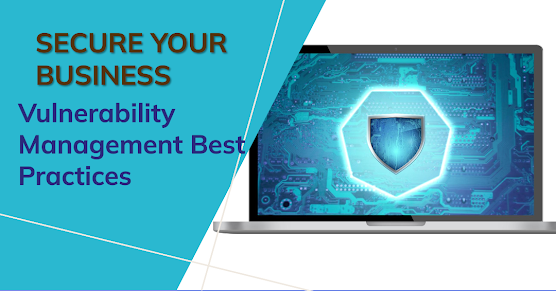Understanding the Threat: Ransomware Attack Explained
The digital age, a web of connection, has become a double-edged sword, as the ever-present threat of ransomware attacks casts a long shadow. With cybercriminals becoming increasingly sophisticated, businesses and individuals alike must be vigilant in safeguarding their data and networks against this malicious threat. In this comprehensive guide, we delve deep into the world of ransomware attacks, exploring their origins, modus operandi, impact, and most importantly, how to protect yourself against them.
What is Ransomware?
The Evolution of Ransomware Attacks
Over the years, ransomware attacks have evolved in sophistication and complexity. What started as simple, opportunistic attacks targeting individual users has transformed into highly orchestrated campaigns orchestrated by organized cybercrime syndicates. These modern ransomware variants employ advanced encryption techniques, often leveraging exploit kits and sophisticated social engineering tactics to infiltrate networks and maximize their impact.
Impact of Ransomware Attacks
The impact of a ransomware attack can be devastating, both financially and operationally. For businesses, the loss of critical data can result in significant downtime, leading to lost revenue, damage to reputation, and potential legal liabilities. Moreover, the costs associated with remediation, including ransom payments, forensic investigations, and system restoration, can quickly escalate into the millions.
Protecting Against Ransomware Attacks
1. Implement Robust Cybersecurity Measures
Invest in comprehensive cybersecurity solutions, including firewalls, antivirus software, and intrusion detection systems, to detect and prevent ransomware attacks before they can infiltrate your network.
2. Educate Employees
Train employees on cybersecurity best practices, including how to recognize phishing emails, avoid clicking on suspicious links or attachments, and report any suspicious activity immediately.
3. Regularly Backup Data
Regularly backup critical data to offline or cloud-based storage solutions. This ensures that even if your systems are compromised in a ransomware attack, you can restore your data without having to pay the ransom.
4. Keep Software Updated
Regularly update operating systems, applications, and software patches to patch known vulnerabilities and reduce the risk of exploitation by ransomware attackers.
5. Develop an Incident Response Plan
Develop a comprehensive incident response plan that outlines the steps to take in the event of a ransomware attack, including who to contact, how to contain the threat and the process for restoring systems and data.
Conclusion
In conclusion, the specter of ransomware attacks casts a formidable shadow over individuals and organizations globally, presenting a grave and ever-present danger. The ramifications of falling victim to such insidious cyber threats cannot be overstated, as they have the potential to wreak havoc on both personal and professional fronts, leaving a trail of devastation in their wake. All stakeholders must remain vigilant, fortifying their defenses and staying abreast of evolving tactics employed by cybercriminals. By fostering a culture of cybersecurity awareness and investing in robust protective measures, we can collectively strive towards mitigating the risks posed by ransomware attacks and safeguarding the integrity of our digital ecosystems.
Take Action Now!
Don't wait until it's too late. Take proactive steps to protect yourself and your organization from ransomware attacks. Invest in cybersecurity solutions, educate your employees, and develop a comprehensive incident response plan. Together, we can defend against the threat of ransomware and ensure the security of our digital future.



.png)
Comments
Post a Comment